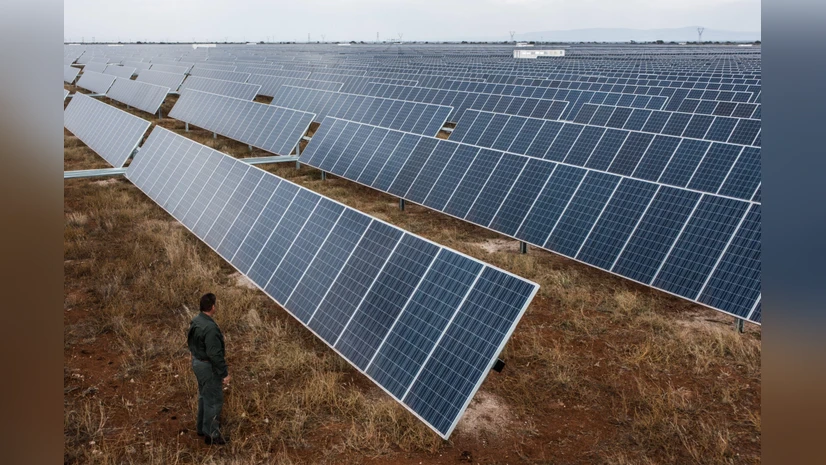Now Reading: NTPC Gets Green Signal to Invest ₹20,000 Crore in Renewable Energy Projects
-
01
NTPC Gets Green Signal to Invest ₹20,000 Crore in Renewable Energy Projects
NTPC Gets Green Signal to Invest ₹20,000 Crore in Renewable Energy Projects

India’s largest power utility, NTPC, has received government approval to invest ₹20,000 crore in its renewable energy subsidiaries. The move signals a major shift in the country’s energy priorities, aiming to reduce dependence on coal and speed up the green energy transition. For smaller cities and emerging towns, this could mean more jobs, cleaner energy, and future-ready infrastructure.
India’s Energy Shift in Action
NTPC’s investment will be directed toward its two major green arms—NTPC Green Energy Ltd (NGEL) and NTPC Renewable Energy Ltd. These companies are already handling key solar and wind power projects, and the new funding will help scale operations and expand their presence across different states.
The ₹20,000 crore funding includes both equity infusions and long-term growth capital, allowing NTPC’s renewable units to compete more aggressively in upcoming green tenders and joint ventures.
What This Means for Tier 2 Cities
While metros have already seen some solar integration, this push is expected to drive projects deeper into Tier 2 and Tier 3 towns—where open land and sunlight are abundant, but clean energy infrastructure remains limited.
As renewable energy sites are often located in smaller cities or rural belts, the development could lead to fresh job opportunities in installation, maintenance, logistics, and training. Local economies may benefit from increased investment in roads, electricity distribution systems, and skilled labor programs.
The Bigger Picture: From Coal to Clean
NTPC, traditionally known for coal-based power generation, is under increasing pressure to align with India’s climate goals. The Centre has been actively encouraging public sector undertakings to adopt greener business models, especially with global carbon neutrality targets in sight.
By strengthening its renewable portfolio, NTPC is not only diversifying its energy mix but also helping India inch closer to its target of 500 GW of non-fossil fuel capacity by 2030.
Challenges Ahead
Despite the progress, renewable energy projects still face hurdles—land acquisition issues, regulatory delays, and grid integration problems. For smaller cities, capacity-building remains a concern, especially when it comes to skilled workers and local governance.
However, consistent investment and state support can help bridge these gaps over time.
Conclusion
NTPC’s ₹20,000 crore commitment to its green arms is more than just a corporate move—it’s a strong indicator of where India’s energy future is headed. For Tier 2 cities, this could open doors to clean energy access, local job creation, and a more sustainable growth model. The coming years will show how well this transition balances ambition with on-ground execution.

























